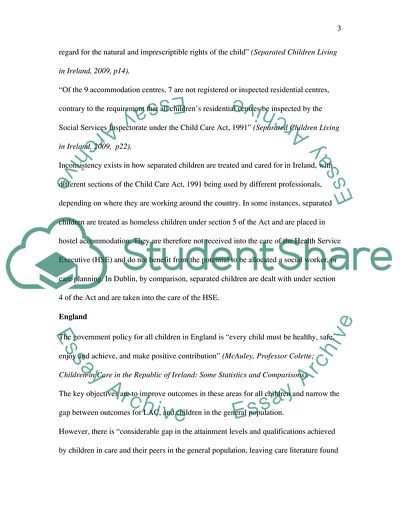Cite this document
(Social Policy and Social Work in Ireland Case Study, n.d.)
Social Policy and Social Work in Ireland Case Study. https://studentshare.org/social-science/1730494-social-policysocial-work
Social Policy and Social Work in Ireland Case Study. https://studentshare.org/social-science/1730494-social-policysocial-work
(Social Policy and Social Work in Ireland Case Study)
Social Policy and Social Work in Ireland Case Study. https://studentshare.org/social-science/1730494-social-policysocial-work.
Social Policy and Social Work in Ireland Case Study. https://studentshare.org/social-science/1730494-social-policysocial-work.
“Social Policy and Social Work in Ireland Case Study”. https://studentshare.org/social-science/1730494-social-policysocial-work.


